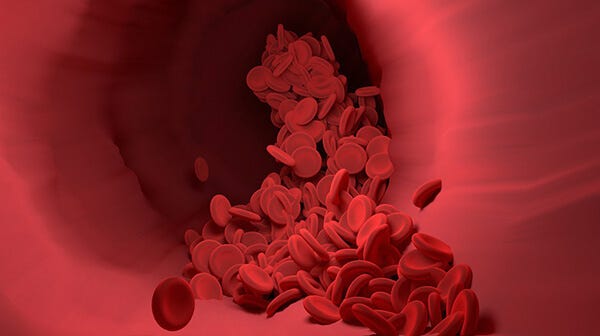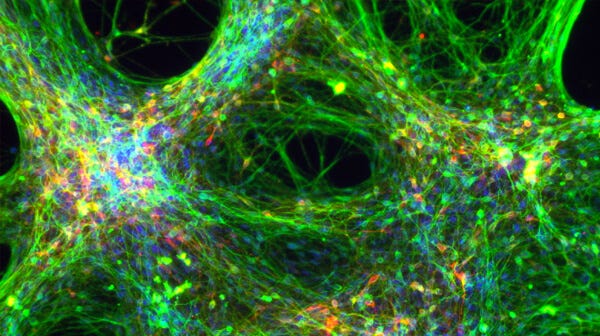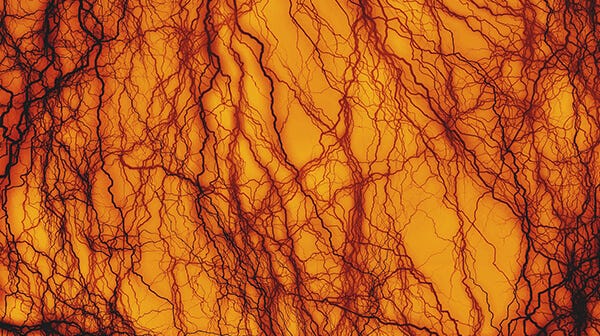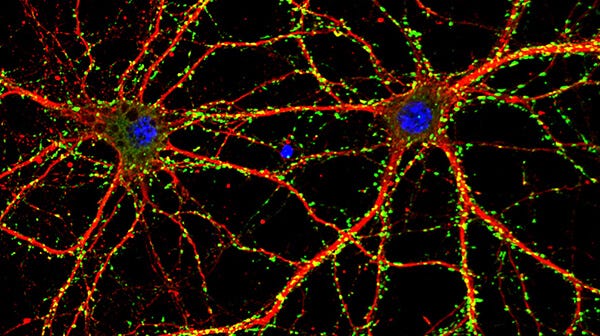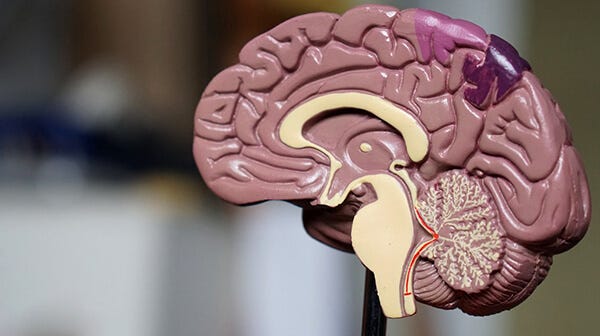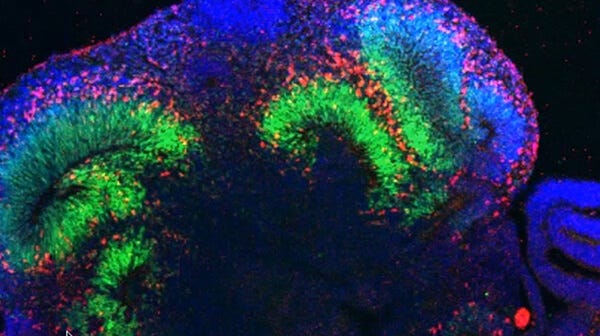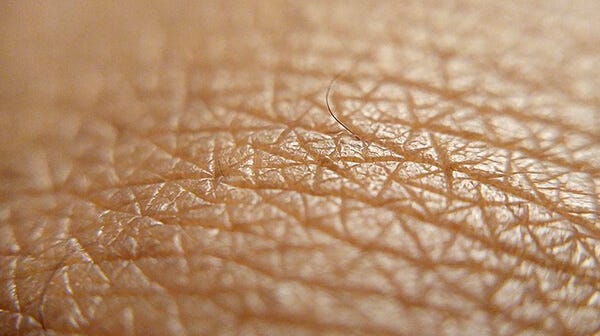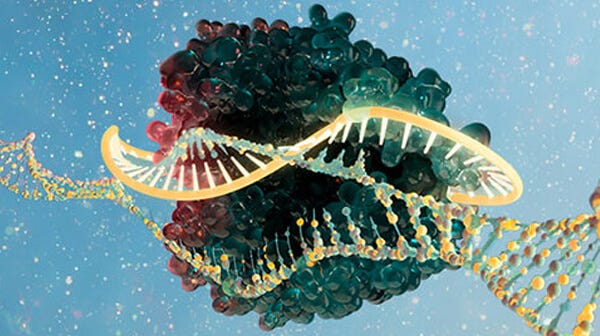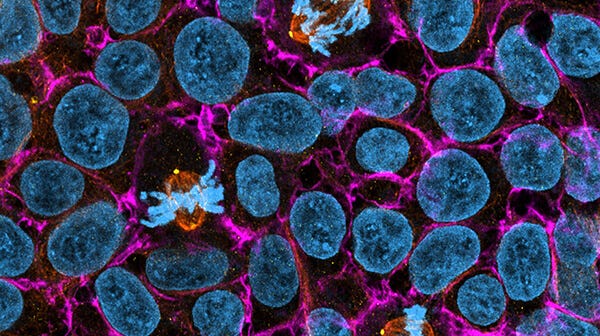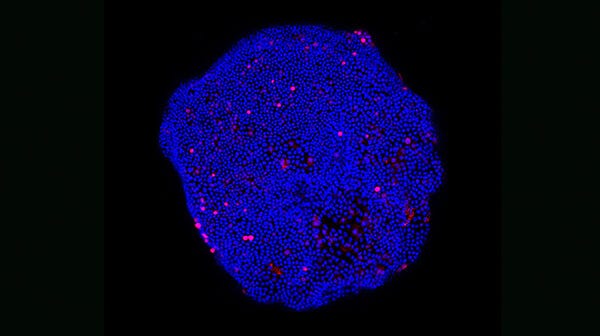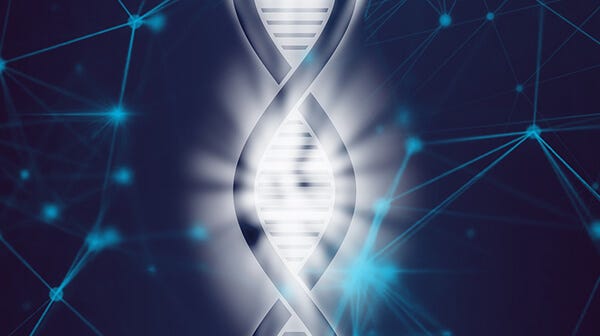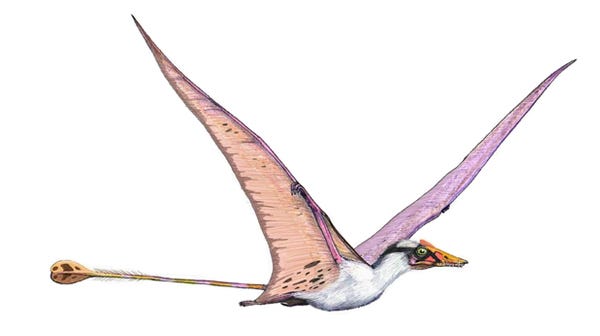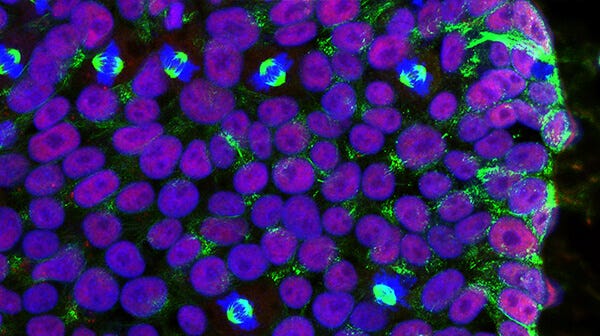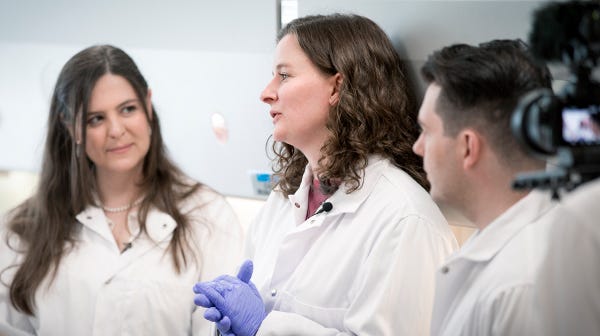A Year in Review
Our Favorite Science of 2019

Last year, my predecessor Dr. Terry Thomas started a tradition of asking a selection of STEMCELL's scientists to share some research discoveries that inspired, surprised, and delighted them over the previous year. Following Dr. Thomas's recent retirement from her truly inspiring career as STEMCELL's Chief Scientific Officer, I am honored to carry on this tradition. I hope you enjoy our 2019 selections - it's been another incredible year for scientific discovery and advancements.
Sharon Louis, PhD - Vice President, Research and Development
Science Selected by Scientists

Dr. Valentina Marchetti's Favorite Science of 2019
PhD, Senior Scientist (Vancouver, BC)
Endothelial
Bioengineered Human Acellular Vessels Recellularize and Evolve into Living Blood Vessels after Human Implantation
"Bioengineered blood vessels that were used in patients! Led by Dr. Heather Prichard, this work was a collaborative effort of researchers from industry and academia. Endothelial and perivascular cells, which are commonly used for bioengineering purposes, helped in the construction of the human acellular vessels that were implanted in over 240 patients. This work has significant implications for vascular access during hemodialysis"
Human iPSC-Derived Blood-Brain Barrier Chips Enable Disease Modeling and Personalized Medicine Applications
"This team of researchers, led by Dr. Clive N. Svendsen at Cedars-Sinai Medical Centre in Los Angeles, built a human blood brain barrier (BBB)-chip using induced pluripotent stem cell-derived brain microvascular endothelial-like cells, astrocytes, and neurons. This work is based on EmulateTM technology and recapitulates the importance of having a microfluidic system in the BBB model for pharmacologic testing.”
Human Blood Vessel Organoids as a Model of Diabetic Vasculopathy
"Led by Dr. Josef Penninger from the University of British Columbia in Vancouver, this team of scientists were the first to generate and show functionality of blood vessel organoids from pluripotent stem cells. This organoid technology opens the door for research into a cure for different pathologies affected by micro and macro vasculopathies!"

Leon Chew's Favorite Science of 2019
MSc, Scientist (Vancouver, BC)
Neuroscience
Light-Entrained and Brain-Tuned Circadian Circuits Regulate ILC3s and Gut Homeostasis
"This study is at the forefront of gut-brain-immune system interactions. Researchers led by Henrique Veiga-Fernandes in Lisbon, Portugal, identified how regions in the brain, which are regulated by circadian rhythms and light stimuli, can regulate Group 3 innate lymphoid cells (ILC3s); a major regulator of inflammation and microbiota in the gut. This work has important implications for human health and individuals with a chronically altered sleep schedule.”
Multi-Sensory Gamma Stimulation Ameliorates Alzheimer’s-Associated Pathology and Improves Cognition
“Li-Huei Tsai’s team at MIT built on previous foundational work that studied the enigmatic 40 Hz-gamma rhythm (a frequency pattern of normal brain activity) and its newly discovered role in Alzheimer’s disease. By exposing Alzheimer’s mice models to light and sound stimuli, the Tsai group showed that an external stimuli could reduce amyloid and tau proteins in multiple brain regions and improve performance on memory tests.The Tsai group's work is now headed into clinical trials, making this a truly exciting field of research to look at for non-invasive methods that can treat Alzheimer’s!"
Engineering of Human Brain Organoids with a Functional Vascular-Like System
“A study published by Yale researchers, led by In-Hyun Park, showed that expression of a transcription factor ETV2 could coax endothelial cell formation and generation of vasculature in a brain organoid system. The vascularized organoids were healthier and exhibited increased functional electrical activity. This is one of the first studies to demonstrate endogenous development of blood vasculature in a brain organoid system."

Dr. Yaoyao Chen’s Favorite Science of 2019
PhD, Senior Scientist (Cambridge, UK)
Epithelial
Generation of Blastocyst-like Structures from Mouse Embryonic and Adult Cell Cultures
"This work is a fantasy come true. For a long time, the idea of creating a synthetic/artificial embryo using one single totipotent stem cell was considered far-fetched though tremendously interesting. Now a study led by Juan Carlos Izpisua Belmonte from the Salk Institute for Biological Studies, has found a way to generate blastocyst-like structures in mice. And even though these "embryos" failed to develop fully after implantation, as one would expect, it was still marvelous to see how much the structures resembled natural embryos when cultured in vitro up until the early post-implantation stage."
Hair-Bearing Human Skin Generated Entirely from Pluripotent Stem Cells
"This is upcoming research to watch! Although not yet published in a peer-reviewed journal, this work was presented at the recent ISSCR meeting and is available as an unpublished preprint. This research is another good example of the exciting potential to generate hugely complex structures using hPSC and organoid technology. Using stratified epidermis, fat-rich dermis, sensory neurons, and pigmented hair follicles equipped with sebaceous glands, this human skin organoid model has the potential to provide great value for studies of human skin development, disease modeling and reconstructive surgery."
CRISPR-Edited Stem Cells in a Patient with HIV and Acute Lymphocytic Leukemia
"This work is a joint force of gene and cell therapy that highlights the amazing capabilities of CRISPR technology. It is also compelling and heartwarming to see that this cutting-edge technology can be applied to provide novel treatments for patients with incurable diseases."

Dr. Benjamin Thiede’s Favorite Science of 2019
PhD, Senior Business Development and IP Officer (Vancouver, BC)
Modelling Human Hepato-Biliary Pancreatic Organogenesis from the Foregut-Midgut Boundary
"Takanori Takebe’s group at Cincinnati Children’s Medical Hospital developed the first, three-organoid-system, using their hepato-biliary-pancreatic organoids. Starting from pluripotent stem cells, Takebe’s group created liver and pancreatic organoids connected by a biliary duct system with advanced functional properties, such as the secretion and processing of bile acids. This study represents a major advancement in organoid research, where a functionally integrated multi-organoid system can provide richer and more detailed physiologically relevant information."
Cyborg Organoids: Implantation of Nanoelectronics via Organogenesis for Tissue-Wide Electrophysiology
“This team led by Jia Liu at Harvard University, Cambridge, MA, created a stretchable, integrated mesh nanoelectronics system that can be implanted in a stem cell culture system. When these cells are grown into 3D organoids, the nanoelectronic mesh grows alongside and becomes fully embedded and integrated within the cells, resulting in an organoid that contains a highly sensitive and embedded sensor array. This technology could be useful for understanding how small populations of cells organize into complex organs as well as for testing and monitoring drug treatments in patient-specific organoid models."
Search-and-Replace Genome Editing Without Double-Strand Breaks or Donor DNA
“What happens when you combine Cas9 and Reverse Transcriptase, two of the most important enzymes in the history of molecular biology? You get a powerful version of CRISPR gene editing called ‘Prime Editing’! David R. Liu and his team at the Broad Institute of Harvard and MIT, show their work with Prime Editing in this paper, demonstrating how it is a big upgrade from the CRISPR 1.0 gene editing platform that can 1) modify only one DNA strand (allows more control and avoids unwanted cell repair system activation); 2) perform precise single nucleotide swaps (which opens the door to use gene therapy for many genetic disorders); and 3) work in non-dividing cells, such as cardiomyocytes and neurons."
Cryodrakon boreas, gen. et sp. nov., a Late Cretaceous Canadian Azhdarchid Pterosaur
"Although a bit of a deviation from the cell biology world, this exciting work should generate some national pride for those of us located in Canada. A team led by François Therrien from the Royal Tyrrell Museum of Palaeontology in Alberta, Canada have described a new genus of giant azhdarchid pterosaur. The pterosaur has a massive 16-foot wingspan (16 feet!) and was discovered in Canada and appropriately named Cryodrakon boreas, which means the Frozen Dragon. I’m fearful enough of swooping crows with their one-foot wingspans and am grateful I don’t need to contend with these massive reptilian menaces."

Dr. Gary Braun’s Favorite Science of 2019
PhD, Senior Scientist (Vancouver, BC)
Chemistry
A General Strategy to Develop Cell-Permeable and Fluorogenic Probes for Multicolour Nanoscopy
"In 2013, Kai Johnsson’s group from the Max Planck Institute for Medical Research in Heidelberg, Germany, pioneered far-red fluorescent rhodamines for super resolution. Now this group describes a new strategy for making cell-permeable dyes aimed at labeling the insides of live cells. They exploit a known hydrophobic/hydrophilic structure-switching property of rhodamine dyes and optimize the chemical structure to tune the dye for low background unbound states, which remarkably switch into fluorescent hydrophilic form when bound to a target protein. This work promises to be an interesting system to explore for making precise conjugates to label intracellular structures such as actin, tubulin, and much more."
Mammalian Near-Infrared Image Vision through Injectable and Self-Powered Retinal Nanoantennae
“Tian Xue, with colleagues in China, injected nanocrystals as a suspension directly into the retinas of mice, where the crystals attached to the cell surface and acted like a phosphor dust. The nanocrystals are made of a near-infrared (NIR) absorbing nanomaterial to expand the working range of the mouse retina from the biologically-limited 700 nm to 980 nm and brain activity was electrically monitored to prove that the NIR patterns were transmitted through to the visual processing area of the brain. With all the discussion about artificial intelligence and computation, it is refreshing to see that breakthroughs on cyborgs are still making headlines!”
A Broadly Applicable Cross-Linker for Aliphatic Polymers Containing C–H bonds
"Not many chemical reactions can attack the stable carbon-hydrogen bonds in alkane molecules without resorting to harsh solution conditions. Here, the Wulff lab (at the University of Victoria, BC) has adapted a light-activated chemistry to the challenge. In this study, they designed a bifunctional bis-diazirine and found it was able to crosslink a wide range of polymers. The discovery should enable much greater control over polymer elasticity, which could be very useful in the coming technological age of soft and pliable hydrogels."
Celebration of Science
If you're interested in learning about more science that we find inspiring, be sure to visit our Year in Review 2018 and Celebration of Science pages, where we shine the spotlight on the scientists—and their breakthroughs—that inspire and motivate us.
